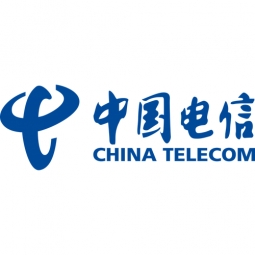China Telecom
Case Studies
China Mobile Smart Parking
Overview
 |
China Mobile Smart ParkingChina Telecom |

|
Functional Applications - Remote Monitoring & Control Systems Infrastructure as a Service (IaaS) Networks & Connectivity - NB-IoT | |
Cities & Municipalities | |
Business Operation | |
Smart Parking | |
Operational Impact
| [Data Management - Connectivity Stability] Coverage – Improved coverage offered by NB-IoT over existing mobile networks means that China Mobile have been able to connect smart parking sensors in locations where coverage would of previously been harder to discover. Parking sensors are embedded into pavement of the parking bay, which is normally under a vehicle and often within a large parking garage. These are challenging conditions to obtain coverage, but NB-IoT has proven that it is able to connect sensors even in these challenging conditions | |
| [Efficiency Improvement - Energy] Low power consumption – NB-IoT is designed to use small amounts of power and to be battery powered in many scenarios. This is an important attribute for smart parking sensors, as it is unlikely that they will access to mains power and so must be battery powered. Nb-IoT modules are designed to offer a battery life of many years, meaning that the sensors can be installed without regard to the location of power supplies and will need very little maintenance in the years ahead | |
| [Cost Reduction - Maintenance] Low cost – NB-IoT has created a simpler way to manage parking across the different pilot implementations has led to reduced management and maintenance costs. The ability to remotely monitor the status of parking bays, bill more accurately and increase the utilization of parking bays means that revenue generated is higher and the costs to monitor and maintain the parking bays are lowered. | |


